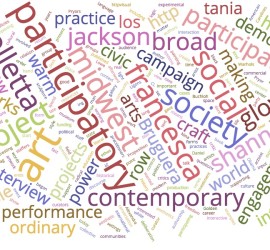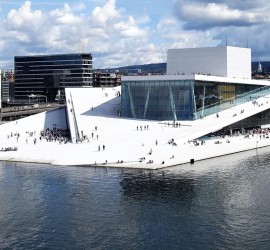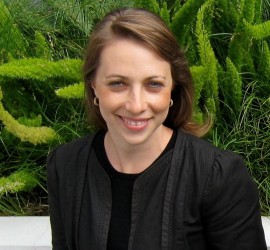It is hard to believe that it has been a week since the Curating People conference. Like most participants, I left our day of reflection to return to the mayhem of this week’s obligations, and it has been hard to come up for air.
Since I am writing during a moment that can only be described as “stolen,” I will not try to summarize the pages and pages of notes that I took during all of the thoughtful and energetic sessions. Instead, I will very quickly put out some clustered thinking around ideas and hopes that I heard expressed in the room. I would welcome any feedback, responses, revisions, or expansions on any of the below. So in no particular order, not in complete sentences, no footnotes (hard for an academic), let me offer the following:
1) How to un-silo communities of arts and culture: Milk Bar-like occasions for artists to casually and convivially curate work for each other. Artpractical and ARC “Picks” that run the gamut of arts programming.
Continue to read…



